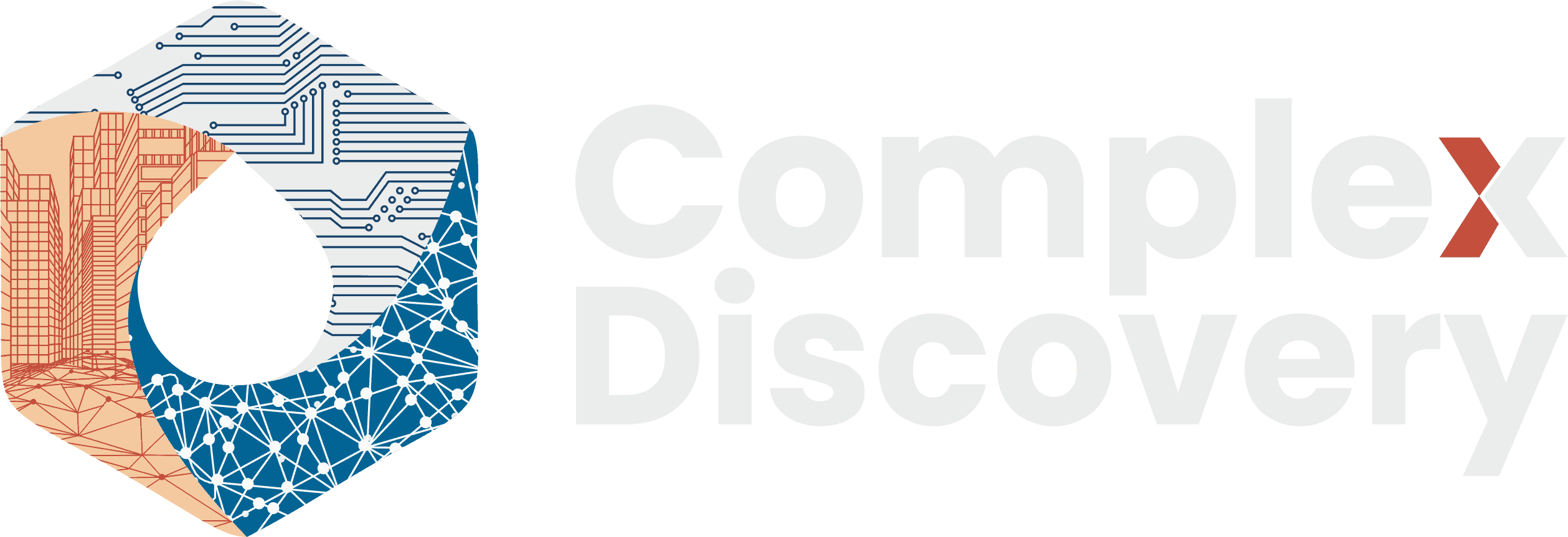|
|
Content Assessment: DAM Ransomware! A Detection, Avoidance, and Mitigation Framework for Ransomware
Information - 96%
Insight - 95%
Relevance - 91%
Objectivity - 93%
Authority - 94%
94%
Excellent
A short percentage-based assessment of the qualitative benefit of the post highlighting a recent report on the detection, avoidance, and mitigation of ransomware.
Background Note: Ransomware attacks have emerged as a major cybersecurity threat wherein user data is encrypted upon system infection. Latest Ransomware strands using advanced obfuscation techniques along with offline C2 Server capabilities are hitting individual users and big corporations alike. This problem has caused business disruption and, of course, financial loss. Since there is no such consolidated framework that can classify, detect and mitigate Ransomware attacks in one go, the authors of this review are motivated to present Detection Avoidance Mitigation (DAM), a theoretical framework to review and classify techniques, tools, and strategies to detect, avoid and mitigate Ransomware. The authors have thoroughly investigated different scenarios and compared the already existing state-of-the-art review research against their research. The case study of the infamous Djvu Ransomware is incorporated into this review to illustrate the modus-operandi of the latest Ransomware strands, including some suggestions to contain its spread.
Review by Adhirath Kapoor, Ankur Gupta, Rajesh Gupta, Sudeep Tanwar, Gulshan Sharma, and Innocent E. Davidson*
Ransomware Detection, Avoidance, and Mitigation Scheme: A Review and Future Directions
Introduction
Increased connectivity and digitization have facilitated cyber-criminals in designing and launching large-scale cyber-attacks targeting individuals and corporations worldwide. While individual naivete and lack of awareness enable these attacks to bypass basic security mechanisms, security vulnerabilities in the IT systems of small and large corporations are increasingly being exploited to cause business disruptions. The cyber-attack canvas keeps expanding rapidly as cyber-criminals consistently circumvent security provisions designed and deployed by organizations. Increasingly, the target of the attacks is data that is critical to individuals and organizations alike. Threat actors are cashing in on opportunities that can help them seize control of valuable data to demand a ransom from the data owner. Ransomware is a form of malware that infects a computer or multiple computers over a network, encrypting files and folders, rendering them unusable. Users are then prompted for a ransom typically to be paid in cryptocurrency. Ransomware is not a new threat, but its use is surging and causing heavy financial losses all over the world. It is a major challenge for cyber-security analysts and Reverse Engineers as typical Ransomware is not detected by anti-virus software due to its polymorphic nature.
According to The State of Ransomware 2020, almost 51% of the organizations worldwide were hit by highly sophisticated Ransomware attacks in 2020. These attacks were using advanced command and control servers, making them challenging to reverse engineer. Among all the countries studied in the report, India was affected the most by the deadly Ransomware attacks, with almost eighty-two percent of organizations being hit by Ransomware. Netwalker is one of the newest and dangerous Ransomware strands. Its popularity is the method of propagation, using phishing emails related to COVID-19, thus luring the victim to download the attachments resulting in the execution of the portable binaries and system infection. In February 2021, the latest Ransomware strand, Zeoticus 2.0, successor to the infamous strand Zeoticus was released. Zeoticus 2.0 has raised the stakes since it is now proving extremely hard to control and mitigate. It can execute completely offline without requiring any command and control server. For receiving the Ransom payment, Zeoticus uses highly secure and encrypted Proton mail accounts to evade tracing.
The history of Ransomware dates back to the late 1980s. The first Ransomware named Acquired Immunodeficiency Syndrome (AIDS) Trojan, was released via a floppy disk. The AIDS Trojan contained a program that would count the number of times a computer system was started, and once this count reached the number 90, all of the files would be encrypted. The only way to be able to use them again was to pay a ransom amount of $189. During the early days, Ransomware authors attacked victims to showcase their technical prowess. It was not until the early 2000s that cyber-criminals began to exploit users for financial gains as data gained primacy. In 2004, a Ransomware strand named GPCode was released. GPCode infected Windows Machines via e-mail attachments. It used a 660-Bit RSA key to encrypt files and folders. Since then, Ransomware families like WannaCry, Cerber, Petya, etc., have evolved and caused monetary damage worth billions of dollars.
Ransomware Detection, Avoidance, and Mitigation Scheme- A Review and Future Directions
Reference: Kapoor, A., Gupta, A., Gupta, R., Tanwar, S., Sharma, G., & Davidson, I. E. (2021). Ransomware Detection, Avoidance, and Mitigation Scheme: A Review and Future Directions. Sustainability, 14(1), 8. doi:10.3390/su14010008
*Shared with permission under Open Access and distributed under CC By 4.0.
Additional Reading
- From Taxonomies to Threats? Securing Machine Learning Algorithms
- Defining Cyber Discovery: A Definition and Framework
Source: ComplexDiscovery



























